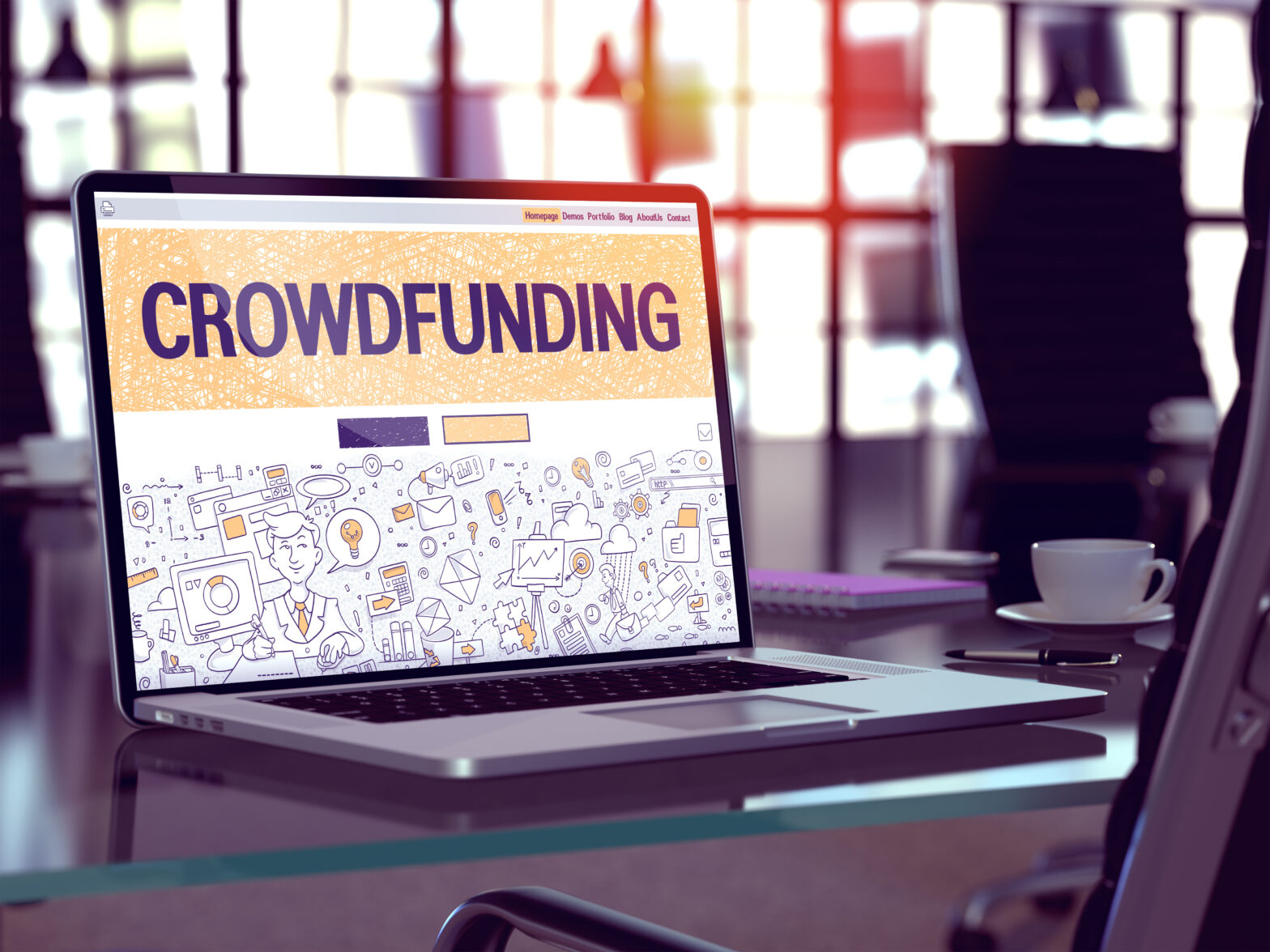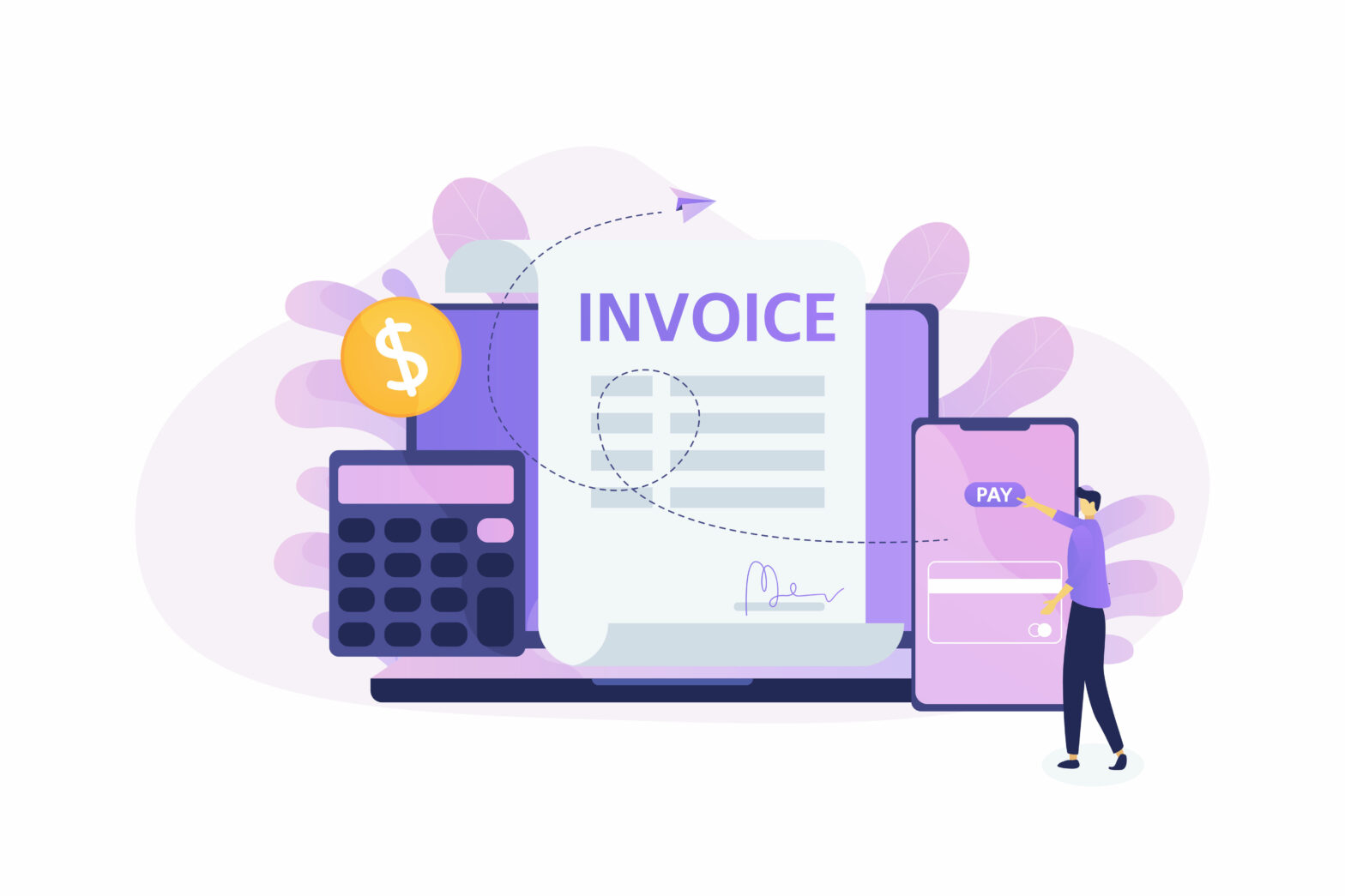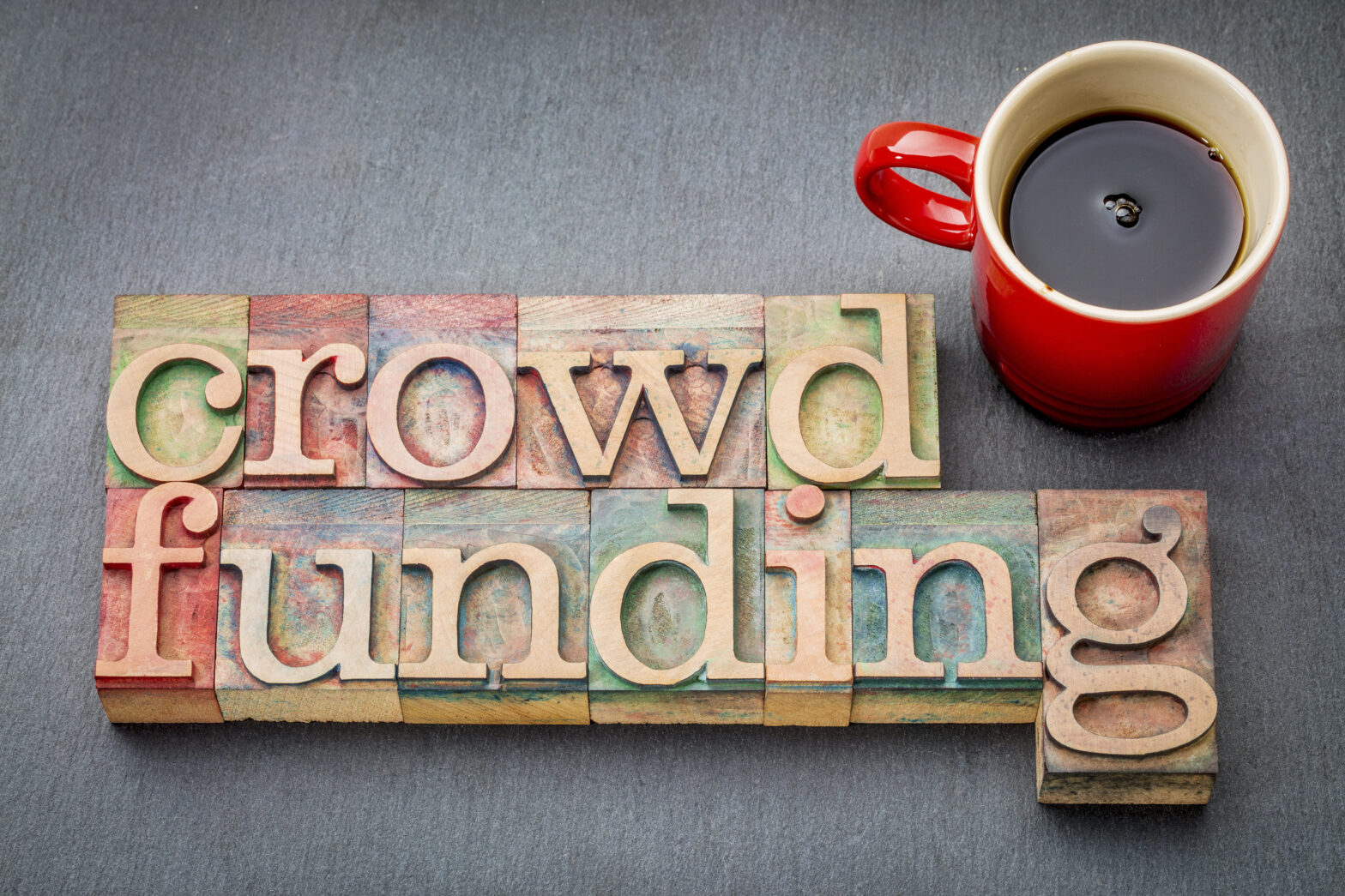As the UK head of technology and hardware at Indiegogo, where our mission is to help bring the most innovative ideas to life, I regularly advise British entrepreneurs through the crazy journey of running a successful campaign. Here, I’ve included some key factors to running a successful campaign.
Innovation is key to a successful crowdfunding campaign
First, the product or service that you’re trying to fund should be innovative and have a USP (unique selling point) in order to attract the crowd and make them contribute.
In the 80s, the classic British console Sinclair ZX Spectrum was hugely popular. The Sinclair ZX Spectrum Vega+ campaign was launched and offered the crowd an opportunity to get hold of a new and improved version of the product.
Complete with LCD screen and Game Boy-style input buttons, the Vega+ aimed to repackage the Spectrum’s classic games into a portable format. It even had the capability to connect to a TV for big-screen gaming. By tapping into old-school gaming nostalgia they created an extremely responsive social media audience within a short 48 hours, it smashed its funding goal of £100,000s and raised £485,255.
Engage your audience through social media
Social media is an extremely effective tool to create a network and a loyal audience of potential contributors. I would recommend either designating certain members of your team to manage your social media channels or working with an expert to build your channels and generate buzz around the campaign.
When running a crowdfunding campaign, visuals make all the difference so ensure that you choose the social media platforms that suit you appropriately. If you’ve got a product that’s visually appealing, opt for Instagram, as great images or videos will keep your audience connected.
A recent campaign, Brewgooder created a beer that gives 100 per cent of its profits to a charity that provides clean drinking water to communities in Africa. Not only was this a fantastic initiative, but Brewgooder started a successful social media campaign with the hashtag “#drinkbeergivewater”, which played a big role in boosting funds and raising awareness. Brewgooder created their crowdfunding page after the prototype phase and successfully built their following from there.
Their Instagram is a great example of engaging content, which was updated regularly. The successful campaign raised 90 per cent of its £50,000 funding target in two weeks, and a grand total of £58,193. To date, the team keeps their social media channels active.
Enticing perks
It’s important to design a variety of original and enticing perks in order to encourage potential backers with any budget to back your campaign. No matter how many people contribute, the perks should always be deliverable and achievable for you and your team.
A good example is the Morpher , the world’s first foldable helmet, which was extremely popular among cyclists who find it a hassle to carry around their regular helmets all day.
The Morpher was made with recyclable materials. Because of its size, it could be sold both in traditional ways, as and in more modern ways, like in vending machines. The campaign offered a range of perks for their backers, who were mostly people who cycled to work, including a range of different colourshelmets, as well as a trip to China to see the helmet in production. These fabulous perks helped them raise $342,287.
Brilliant graphics and video
Crowdfunding campaigns with pitch videos raise four times more funds than those without, so clearly creating a great video is worth the investment. We recommend that your video be around three minutes or less so your viewers don’t get bored. Graphics are also useful as they break up the blocks of text you might have on your campaign page.
In 2015, Tom Gozne identified a gap in the market for instances where a full-sized, built-in pizza oven was not financially or physically viable and came up with the idea of Roccbox, a portable, light-weight stone bake pizza oven. This campaign had brilliant graphics and videos, which tempted pizza lovers and foodies to contribute. Their funding goal was $100,000, but in the first 72 hours of their campaign, they raised more than $400,000, and the campaign wrapped up at a staggering $1,234,505.
Keep the momentum going
Maintaining the momentum of your campaign is as important as launching the campaign itself. It’s crucial to keep engaging new backers so that you can reach your funding goal.
Quiet On, a pair of noise cancelling earplugs that create complete silence, recently ran a crowdfunding campaign on Indiegogo and managed to keep interest throughout the campaign by securing media coverage on titles such as Sky News, CNET, Gizmag and more, which allowed them to continuously drive people to their page. They crossed their funding target of $500,000 and raised an impressive $1,194,535.
If you are an entrepreneur, crowdfunding can be a true game changer. However, if you want to run a successful campaign, it’s important to make sure that you keep plenty of time ahead for planning and have an innovative product in mind. Before you launch your campaign ensure your social channels are ready, select some appealing perks, and make sure you have some clever graphics and a video that clearly explains your product and why you are raising funds. Once your campaign is up and running, ensure that you keep the momentum going until the final stretch and beyond!





